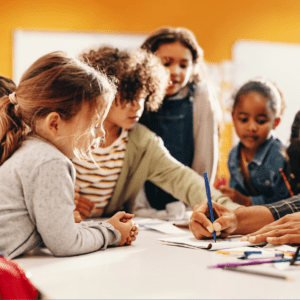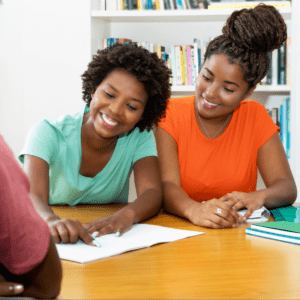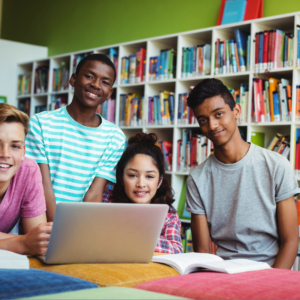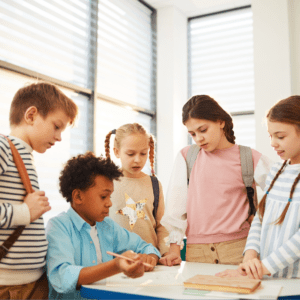7 Simple Strategies for Strong Student-Teacher Relationships
Getting to know your students on a personal level is the first step towards building strong relationships. Show genuine interest in their lives outside the classroom.

Connecting Learning to Real-World Contexts: Strategies for Teachers
When students see the relevance of their classroom lessons to their everyday lives, they are more likely to be motivated, engaged, and retain information.

Encouraging Active Involvement in Learning: Strategies for Teachers
Active learning benefits students by improving retention of information, enhancing critical thinking skills, and encouraging a deeper understanding of the subject matter.

Collaborative and Cooperative Learning: A Guide for Teachers
These methods encourage students to work together, share ideas, and actively participate in their education.

Experiential Teaching: Role-Play and Simulations in Teaching
These interactive techniques allow students to immerse themselves in practical, real-world scenarios, thereby deepening their understanding and retention of key concepts.

Project-Based Learning Activities: A Guide for Teachers
Project-Based Learning is a student-centered pedagogy that involves a dynamic approach to teaching, where students explore real-world problems or challenges.

Recognising and Catering to Individual Learning Needs: A Guide for Teachers
Recognising and catering to these individual learning needs can significantly enhance the education process, making it more inclusive, engaging, and effective.

Encouraging Reflection on Learning: A Guide for Teachers
Reflection in learning involves thinking about the learning process, examining one’s understanding, and considering how to improve future learning. It promotes self-awareness, critical thinking, and ownership of learning.

4 Strategies to Build Your Students’ Problem Solving Skills
In this article, we’ll delve into the reasons why it’s crucial to develop these skills and provide practical strategies you can implement in your classroom right away.

Critical Thinking in the Classroom: A Guide for Teachers
This powerful tool empowers students to evaluate information, make reasoned judgments, and approach problems from a fresh perspective.
